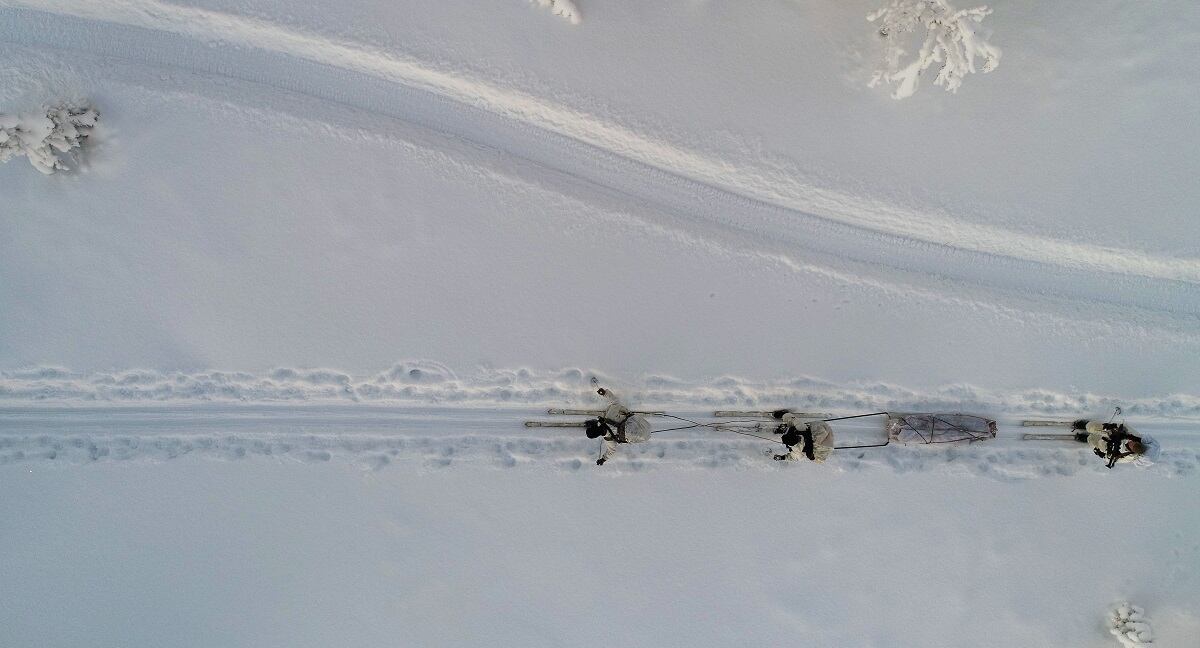Skiing is becoming an essential tactical skill for Marines.
Last year, Marines for the first time trained at the Swedish Armed Forces Subarctic Warfare Center in Arvidsjaur, Sweden.
The learning curve for tactical skiing is pretty steep for most Marines, said Sgt. Maj. Fredrik Flink, the international course’s senior enlisted leader and a member of the Swedish armed forces.
“At least 50 percent of the students have never skied like this before,” on wooden skis in difficult terrain, he said.
“Going out with a 1-meter deep snow in a forest environment with wooden skis and the uniform is completely different,” especially when navigating routes 12 miles long, in -20-degree Fahrenheit weather.
But practice makes perfect. Here are his five tips for troops learning ski warfare:
1) The cold is the hardest part.
Most Marines aren’t used to operating with thick mittens or gloves, especially when shooting. And it takes discipline to change out of sweaty ski clothes into warm, dry clothes after skiing.
“It’s good training,” Flink said.
“Being deployed in Afghanistan up in the mountains, you have snow — deep snow. Maybe you don’t ski on most deployments, but you’re going to have the same problem with weapons in the cold.”
2) Learn without poles.
In the beginning, the Swedish instructors always try to teach Marines to ski without ski poles, just to work on balance, Flink said.
And it’s difficult to learn to shoot having poles attached to the hands. It takes practice, practice, practice, Flink said.

3) It’s all about core strength.
Core strength is key for staying balanced on skis.
“When the snow is really soft and it’s really deep, you have a hard time keeping balance,” Flink said. “If you put too much pressure on one leg, you’re going to sink in and fall, so you really need core strength.”
4) Ski with the muzzle down.
When skiing, Marines should keep their weapon slung in a low readiness on the chest. And keep the muzzle down. “If you fall, it’s better to have the butt in your face than the muzzle of the weapon,” he said. It’s important to carry your weapon at the same position in the summertime as the wintertime, Flink says. It’s all about muscle memory.
5) Remember ‘dry, warm, full.’
“The three biggest things we try to teach are: dry, warm, full,” as in full belly, Flink explained.
RELATED
When hell freezes over: How the Corps plans to win a cold weather fight in Russia or North Korea
“When you ski for eight hours during the day, pulling equipment, and it’s really cold weather, they burn around 8000 calories on average,” he said. That means by the end of the day, calories will be missing, and Marines will need to make sure they stop and eat. “It takes a lot of discipline.”
Andrea Scott is managing editor of Marine Corps Times. On Twitter: @_andreascott.
Andrea Scott is editor of Marine Corps Times.





